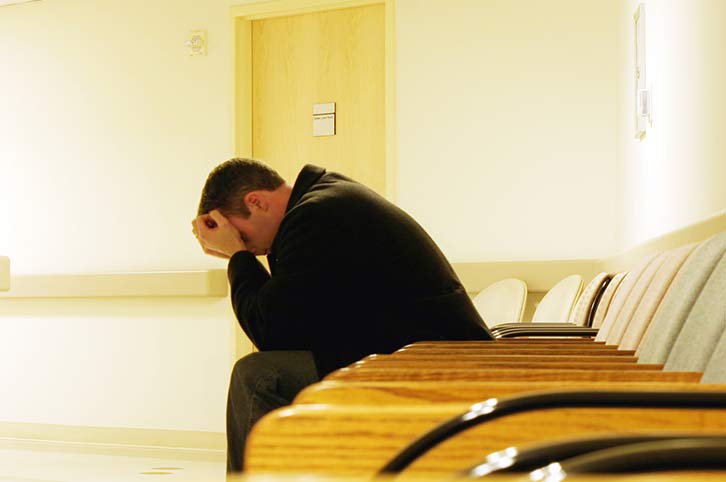By Simona Seiderman, MSW, LMSW, DCSW
 |
Introduction |
 |
Phase I: Shock, Alarm, and Denial |
 |
Phase II: Acute Grief |
 |
Phase III: Integration of the Loss and Grief |
 |
What You Can Do to Take an Active Part in Working Through Grief |
Introduction
Grief is a process that takes time and in which movement is progressive and regressive. In order to clarify its progressive nature, grief is separated into different phases.
Phase I: Shock, Alarm, and Denial
There is a sense of shock and disbelief. You feel numb. This can last from a few hours to a week.
Phase II: Acute Grief
This phase includes physical, emotional, psychological, mental, intellectual, and behavioral expressions.
- Physical: There can be a relentless aching and a feeling that your heart has been pulled out of your chest without an anesthetic. Symptoms may include: headaches, fatigue, backaches, tightness in the chest, changes in sleep patterns, changes in appetite with accompanying changes in weight, and experiencing symptoms that mirror those of the deceased.
- Emotional: There are feelings of depression, anxiety, guilt, and anger. With depression comes a feeling of despair and doubt about the ability to go. Suicidal thoughts may arise. Overwhelming feelings of anxiety may be experienced while contemplating life without the deceased. Guilt arises as responsibility (realistic or not) for the loss is assessed.
- Psychological: The deceased may be idealized as a way to compensate for the guilt and anger.
- Mental: Forgetfulness, confusion, and difficulty concentrating frequently develop.
- Intellectual and Philosophical: There is an attempt to understand and find meaning in the loss. Statements like, “He’s with God now,” and “At least she’s not suffering anymore,” abound.
- Behavioral: Crying, pacing, physical and/or verbal outbursts may occur. Searching is also evident, in which there is restlessness and wandering. There may be constant thoughts of the deceased and the events surrounding the loss. The bereaved may smell and or sleep with their loved one’s clothing, listen to their old voice messages, and hold onto their belongings in an attempt to remember and be close to them. Searching may also involve the expectation that the deceased will return home at their usual time.
Phase III: Integration of the Loss and Grief
The reality of the loss is accepted. Crying diminishes. Physical and psychological well being are restored. The focus is on the present and the future. A new identity is established. Life can be enjoyed again. The period of time necessary to achieve acceptance is dependent on the individual’s ability to succeed in doing their “grief work.” It is influenced by past experiences, the extent the loss affects everyday life, the individual’s personality, and the support available. This process can take up to two years to complete.
What You Can Do to Take an Active Part in Working Through your Grief:
- Familiarize yourself with the normal reactions of grief.
- Identify your thoughts, feelings and behaviors as you experience them.
- Embrace the pain. Alternate experiencing the pain with respite, work, and exercising. A healthy balance will energize you and give you the strength to go on.
- Surround yourself with people sensitive to you and your loss.
- Share your story through journaling or talking with others.
- Join a bereavement support group.
- Know that a current loss sets off reminders of past losses and ushers in fears of future losses.
- Sensitize yourself to the many types of loss that may initiate a grief response.
- Avoid alcohol and drugs that will anesthetize you and impede your ability to progress in your grief work.
- Be aware that you may temporarily regress in your grief work on birthdays, anniversaries, and holidays.
- Wait a year, if possible, before making any major decisions.
- Monitor yourself. Are you having more “good days” or “bad days”? Consider seeing a professional if you are “stuck.”
- Use your journey to become the best possible you. Working through your grief will strengthen your character, promote positive self-esteem, and provide a general feeling of emotional well being.




